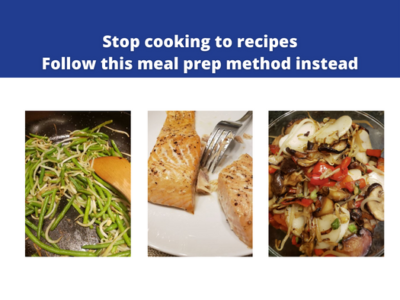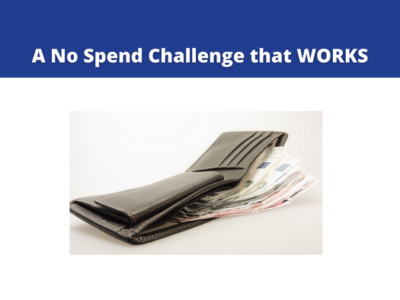Part of a multi-part series:
Introduction
Product
Price
Promotion
Place
I call my love of fashion an addiction that has to be managed. You wouldn’t know it necessarily by looking at me because I have a capsule wardrobe (Hint: the post is password protected and you have to join my Facebook group to unlock), but I have spent the majority of my life working for and consulting for retail and consumer goods companies (the biggest name among them is Victoria’s Secret, but I have also helped other brands that are household names). I have learned some of the tricks retailers have up their marketing sleeves.
In a few blog posts, I’ll try to explain in some easy steps how you can reverse these marketing tactics to help you save money so that you can put more of your money towards what matters the most to you.
First, you need to understand the retail value chain. This helps you understand why things cost a lot more than they should, and where, in this, you could benefit.
The below model doesn’t necessarily apply to ALL retail companies (for example, there are many retailers who are vertically integrated, Zara is the most well known, and parts of Stitch Fix are moving towards vertical integration), but the model below basically applies to a lot of the things we buy. Also, I will admit that I am less familiar with the raw material and manufacturer side of things, having worked more with wholesale and retail, so please feel free to comment where I have gotten something wrong.

The material that goes into your clothing such as the cotton, wool, thread, plastic, silk, all started out as raw material. Whether the material is grown naturally, or produced synthetically, the first form they come out as are very large, industrial sized bolts of fabric. The price at which this good is sold is controlled by the raw material (which in some cases depends on the weather!), with a mark-up for the labor, administration, transportation, among other things, and it is usually then sold to a manufacturer.
Have you ever wondered why so many items look and feel exactly the same across brands? How a gray sweater or a camisole looks the same? Or why do all clothing stores sell the same looking pair of earrings? That is because they likely all came from the same manufacturer. That’s right – not everything is a unique design! A large part of the fashion retail industry is not designed, it is simply copied. Manufacturers make their goods available at trade shows or via agents. The retailers who cannot afford to send buyers to trade shows, often buy through wholesalers instead. Keep in mind that the wholesale does not always occur as much for retailers who are vertically integrated, but for many stores that sell a variety of things (department stores, home goods stores, home and garden stores, pharmacy stores, big box stores), wholesalers play an important role in helping break down the minimum order quantities that are otherwise required.

Once a buying agreement is reached between a manufacturer and a retail buyer, slight modifications may be made to the design, and then the retailer’s branding is slapped on top. In many instances, a deal might be created such that this manufacturer cannot create the specific design for anyone else for a certain amount of time. In some other instances, a manufacturer is given a license to create branded goods for a certain brand (think Luxottica producing the majority of the world’s eyeglasses for a variety of luxury brands).

Wholesalers aggregate a large amount of inventory, and can then sell to retailers in smaller quantities. Wholesalers take on risk that a smaller retailer might not be able to. They may also play an important role in importing products that are manufactured overseas. They also have the ability to distribute the goods to your nearest warehouse. Wholesalers often make their money by 1) Keeping cost very low 2) Watching for currency fluctuations and making sure that exchange rates work out for them 3) Keeping shipping cost low or passing it to the retailer 4) Controlling access to manufacturers. Typically, the mark-up for clothing from manufacture’s price to wholesaler is about 20-40%

As I am the most familiar with the retailer end of things, you can see that retailers do a lot of work behind the scenes to get the product to your door. It involves a lot of labor. It is no wonder that even the most basic of apparel is marked up at least 100% (double the price of wholesale). This is why if you have the ability of purchasing wholesale – for anything – do it (there will be a blog post on this as well). It can really save you a lot of money.
Many of the costs for a retailer are often the same – real estate is what it is, most retail jobs pay the same… but marketing could make a huge difference. More expensive brands typically put a lot more into marketing – hiring more well known models, putting thicker paper into packaging, placing ads into more expensive magazines, or marketing to you more, more, and more. That is why reversing the science of marketing can help you make a lot of very savvy choices when it comes to purchasing apparel.
Be sure to join my Save My Cents Facebook group to be the first to be notified when new posts are available




